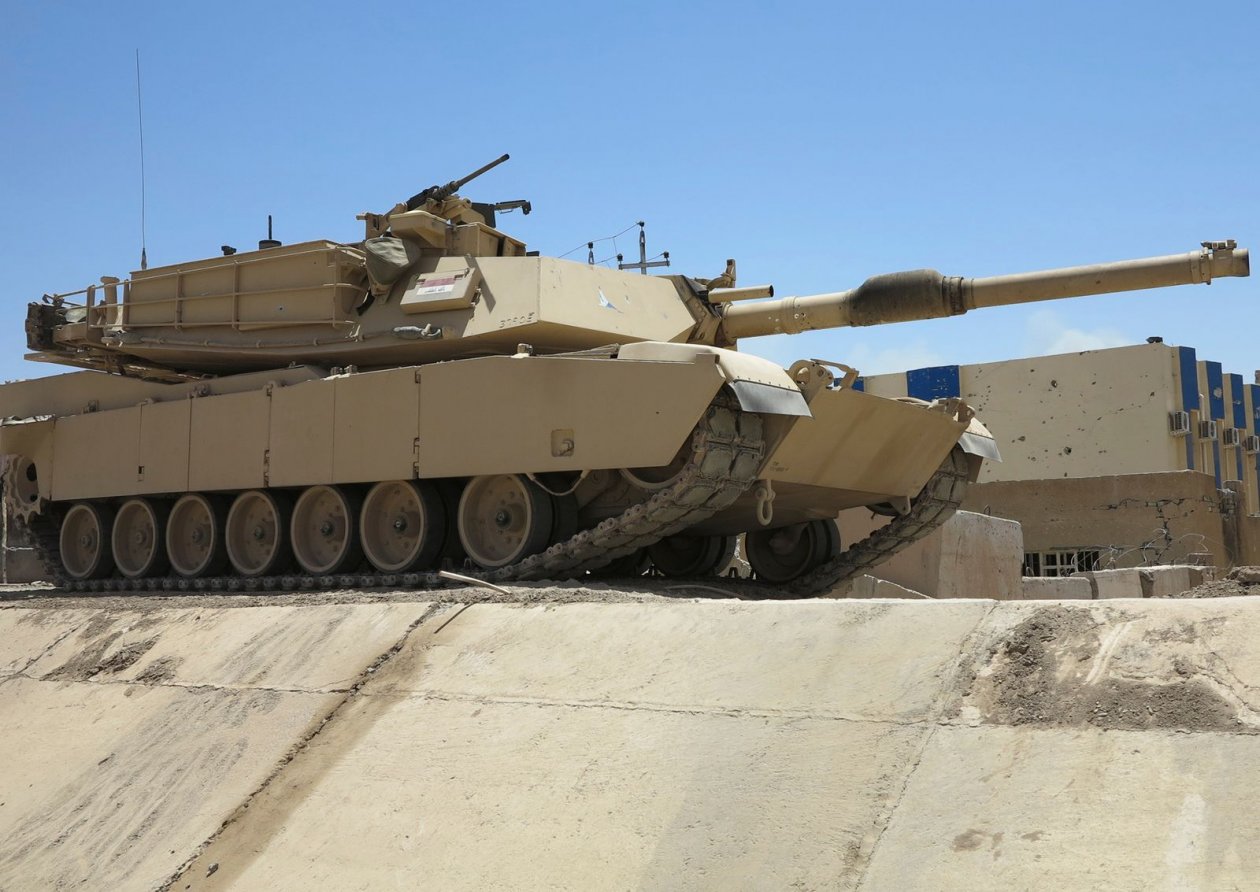La evolución de las tecnologías en el área de IA, sistemas no tripulados, sensores y redes integradas, han llegado a las formaciones de combate blindadas de los países más avanzados, como multiplicadores del poder de combate relativo entre los contendientes. Es el caso del Tanque de batalla M1 ABRAMS (EUA) que se prepara para comandar drones terrestres y aéreos en misiones de combate, tanto de exploración como de apoyo a las operaciones. La versión más avanzada, el M1 ABRAMS SEPv3, está siendo evaluado con diferentes alternativas de sistemas autónomos, para adquirir experiencia en la integración de estos avances tecnológicos.
The up-armored Abrams main battle tank has a lot of new possible missions it could carry out. The tank could soon be operating air and ground drones in the line of enemy fire or sending large robotic vehicles to clear tank ditches and breach obstacles. Moreover, the Abrams could use long-range, high-fidelity sensors to maneuver and target enemies in more dispersed formations.
An armored ability to bring massive firepower, unparalleled survivability, and mechanized assault missions still very much characterizes the operational scope of Army tanks. But there are some interesting ways in which technology, networking and unmanned systems are expanding its potential combat applications and therefore multiplying its warfare impact.
Should there be a major force-on-force engagement with a technically advanced rival force, the Abrams appears to be the only major platform capable of the kind of massive, fire-power driven engagement any kind of combined-arms assault or counterattack might require. Yet, its combat utility is rapidly expanding due to upgrades and technologies expected to impact the tactical equation. Today and tomorrow’s Abrams, as evidenced by the now arriving M1A2 SEPv3 variant, is a much more capable and different tank than the platform has been in recent years. It has improved armor protections and a new generation of computing and command and control. Moreover, the tank has modernized thermal, upgraded infrared targeting sensors enabling longer range, more widely scoped target identification and vastly expanded on-board electrical power through integrated mobile auxiliary power units.
The v3 also operates with new dimensions of GPS connectivity, moving map displays, threat-based intelligence data, force tracking systems and an upgraded engine and transmission. The on-board computing and electronics are also intended to add the technical infrastructure for yet a new series of upgrades for the platform with the now emerging and underway v4 variant. This will bring third-generation Forward Looking Infrared sensors, a new generation of ammunition data links and an entirely new varied, adjustable and much more capable Multi-Purpose Round ammunition able to fire high-explosive anti-tank rounds, multi-purpose rounds and canister rounds intended to expand dispersed fragmentation for anti-personnel lethality.
What much of this amounts to is that an Abrams tank is increasingly enabled to take on a much wider mission scope, in part to accommodate the kinds of changing threat environments it would likely face in an anticipated future engagement. What this means, among many things, is that the Abrams v3 and v4 are being engineered to perform both traditional tank combat operations as well as an entirely new sphere of needed warfare tactics. These tactical dynamics explain why the Army continues to refine new concepts of traditional Combined Army Maneuver tailored to a new generation of threats.
Among many things, some of the new dimensions pertain to the ongoing massive, strategic and tactical expansion of unmanned systems, multi-domain air-ground connectivity and much better networked, and therefore dispersed, warfare maneuver formations. It is precisely with these tactics in mind that Abrams weapons developers and future war planners continue to architect and integrate a new generation of technical capabilities. Newer v3 and v4 tanks will be able to operate, and possibly even dispatch, air and ground drones to carry ammunition, test enemy defenses, counter enemy obstacles and countermeasures and surveil forward, high-risk areas under enemy fire.
This increased secure networking technology, coupled with the advent of a new fleet of increasingly autonomous and semi-autonomous drones and robots, provides much of the inspiration for why the Army is engineering a new class of lighter-weight vehicles.
Yet there is still consensus that the kind of heavily-armored ability to attack, fire upon and close with a major enemy is something for which, at least for the moment, there is not an equivalent to the now much more capable upgraded Abrams tank. It might look close to earlier generations of the proven survivability of the Abrams on the outside, but the new modern and innovative tank has capabilities that will literally blow the enemy off the battlefield, while greatly reducing the need for a convoy of trucks and personnel to support the fight. This may be one reason why the Army recently awarded a new contract to General Dynamics Land Systems to deliver a large number of upgraded Abrams tanks.
Fuente: https://nationalinterest.org


